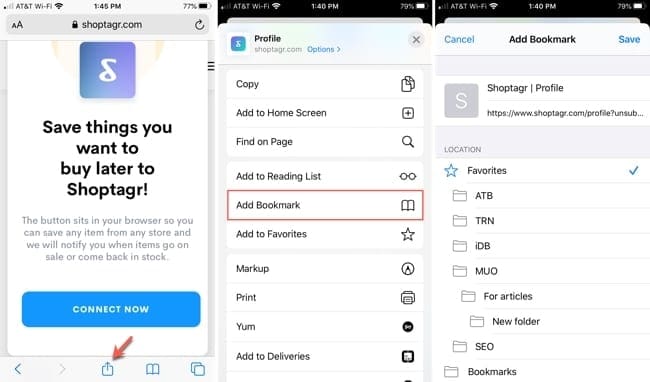

In 2017, researchers found that up to 40% of extensions in the Safari Extension Gallery contained a security vulnerability that was not the result of a bug in Apple’s APIs, but simply the result of numerous developers allowing a secure token to be leaked through failing to follow best practice.Ī second backward step concerns the ability of malware processes to enumerate installed extensions. It would be nice to think the number of developers that would fail to follow best practice would be reassuringly small, but history suggests otherwise. Nor will it protect users from developers with no ill-intent but who, for one reason or another, fail to adopt subresource integrity when calling external scripts. The MITM threat can only really be squashed if Apple make SRI a requirement. While this is a great security addition to help conscientious developers protect their users, it still requires developer adoption, and consequently it won’t stop unscrupulous devs from turning a seemingly innocuous extension into a malware dropper at a later date if they so choose. This means developers can guard against MITM attacks such as those we mentioned in the previous post by ensuring that any scripts an extension downloads via http or https can be checked against a pre-defined checksum that the developer includes in the App Extension bundle. Aside from closer integration between the extension and its associated app, another advantage is that in Mojave, Apple have added the ability for developers to use subresource integrity or SRI. One step forward…įrom a security perspective, the App Extension model has both pros and cons for users. We’re sure that malware authors will soon follow suit. Of course, it hasn’t taken legitimate developers long to realise that empty “shell” apps can easily be created that do nothing other than provide a wrapper for their extension:

Ultimately, only extensions bundled with applications will be allowed for Safari on macOS. Apple intend to abandon the Gallery entirely and are only accepting submissions to it until the end of 2018. safariextz are now blocked unless they are sourced directly from Apple’s Safari Extensions Gallery. This means they are tied to developer IDs and can be made available through the App Store in other words, the distribution of extensions is now subject to the same constraints as the distribution of regular macOS applications.Īlong with this, in Mojave and Safari 12, legacy.
#Apple safari add ons update#
Unlike the legacy Safari extension, which users had to install, update and remove independently of a parent app, Safari App Extensions are included inside an application’s bundle as an appex plugin: In 2016 and with an eye to the future, Apple introduced Safari App Extensions. “incredibly powerful, because they had access to all your browsing data, which made them popular, especially for fraud and malware”. safariextz file type both in and out of the Safari Extensions Gallery, are We’ll re-examine the behaviour of Pitchofcase in light of these changes, and conclude with a summary of what all this means for security-conscious users.Īs Apple noted at WWDC 2018, “legacy extensions” – those distributed with. In this post, we’ll explore how Apple have changed extension architecture with the stated aim of improving security. In Part 1 we looked at the security implications of Safari extensions and examined the case of an adware extension called Pitchofcase. (Note that it's an Xcode extension, not Safari.In Part 2, we explore the pros and cons of Apple’s new architecture and what it means for macOS malware & adware So if the extension is not open source, you cannot see what's in the binaryĪ simple way to understand how the app and extension interact, see the following. Both of them are built in Xcode thus you only get the final executable. Since Safari 13, all extensions must be downloaded from the App Store as. I'm running 10.15.6 and these steps worked for me.

Reinstallation, you can xar the folder back into a single file using xar -c -f output.safariextz extensionFolder. If you want to change something and then package it back up for To extract the extension’s files, use this command (replacing the '/path/to' with the correct path and the 'extension.safariextz' with the correct name) xar -xf /path/to/extension.safariextz The extension will be extracted into a folder, with the source and resources contained within. safariext file extension, but this is really just a xar file.

Here you’ll see the Safari extensions you have installed. Note this is a hidden folder so in the finder use Command+ Shift+ G to put in this location ~/Library/Safari/Extensions. It should be living in your library folder.


 0 kommentar(er)
0 kommentar(er)
